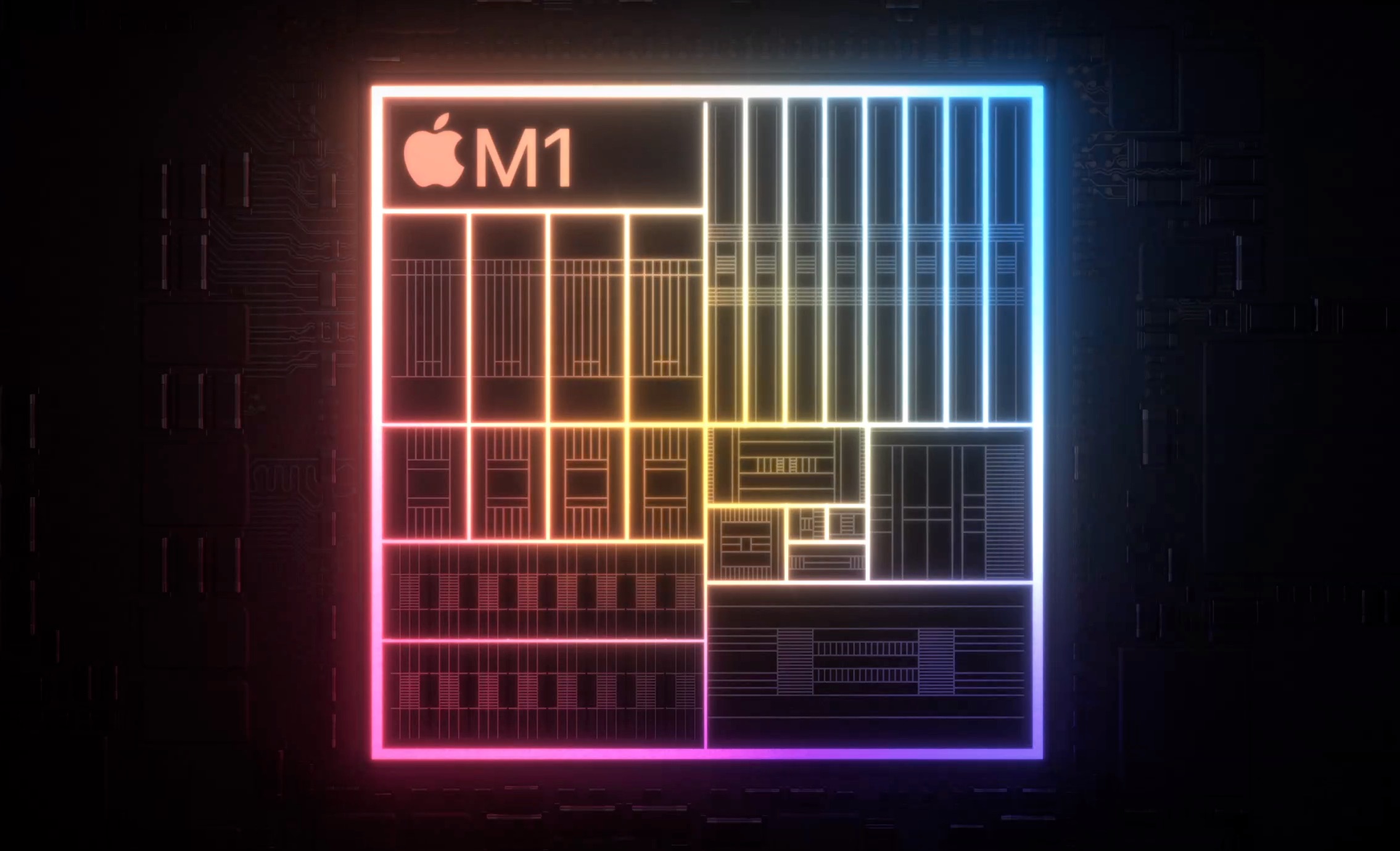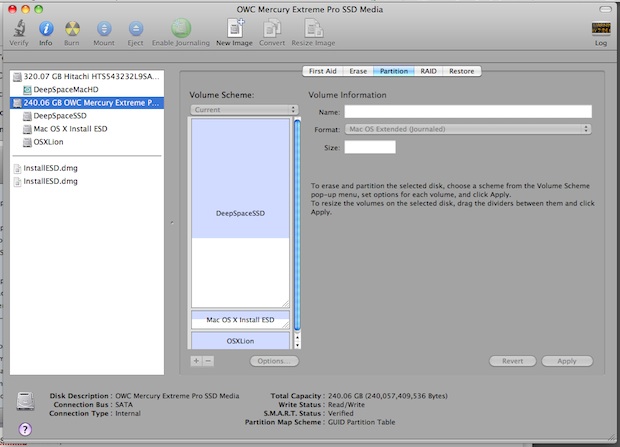
Reflect V8 has made some big improvements here that should help for what you're trying to achieve. The important part to simplify things will be how you "stage" the clone in the first step of the clone wizard.
#REIMAGE MACBOOK USING TARGET DISK MODE WINDOWS#
The Windows partition will become C when you actually boot from that partition (it doesn't matter how it comes up before that), and you can deal with other drive letters later. In terms of the broader operation, yes I'd leave the drive letter assignment to Auto. You can manually clean it if you want, but when you clone/restore over that area of the disk, it will disappear anyway. Thanks for the shout-out! The fact that you initialized the disk as GPT wasn't necessary, but it's not a big deal. The ‘Fix Windows Boot Problems’ resets it to the drive that you choose.” Q5: Do you concur with this advice? Thanks in advance for any and all help. Boot to Rescue Media > Fix Windows Boot Problems In this well received video on Reflect cloning.the author recommends running Fix Windows Boot Problems after clone and wipe because as per the comments, “At this point in time (when you wipe the HDD) there are two boot partitions that exist in the system and the BIOS/UEFI sometimes registers the wrong one. Repurpose old drive by first cleaning with diskpart, then partitioning and formatting with Disk Management. Q4: Is Disk Management the best tool to create a partition for this space? 4. After cloning, roughly 700 GB unallocated space will remain. Create new partition on new drive's unallocated space. Q3: Is this the best way to test that the new drive boots, or should I uncheck old drive in UEFI? 3. Perform clone Q2: Should I leave the drive letter in the Layout section of the cloning tool as “Auto”? 2.


Question 1: Should I clean new drive with diskpart before proceeding with clone or will erasing partition in the Reflect cloning tool achieve the same end? Clone Operation Steps 1. Consequently, I have a 16MB unformatted primary partition on my new drive (as seen in Reflect) which I assume should be removed. Drive Installation I may have started off on the wrong foot by initializing the new drive in Disk Management (as GPT) rather than letting Reflect do its magic. Old Drive: Repurpose as one data partition. Target “new” NVMe SSD: Samsung 980 1 TB UEFI: SATA mode is RAID Reflect 8 End State Goals New Drive: 250 GB for system drive C:, remainder as a data partition.

The many threads here with the illustrious advice of have helped greatly however, I still have some rookie questions, and would appreciate any suggestions. I’m a cloning/disk management virgin preparing to clone SATA SSD to NVME.


 0 kommentar(er)
0 kommentar(er)
